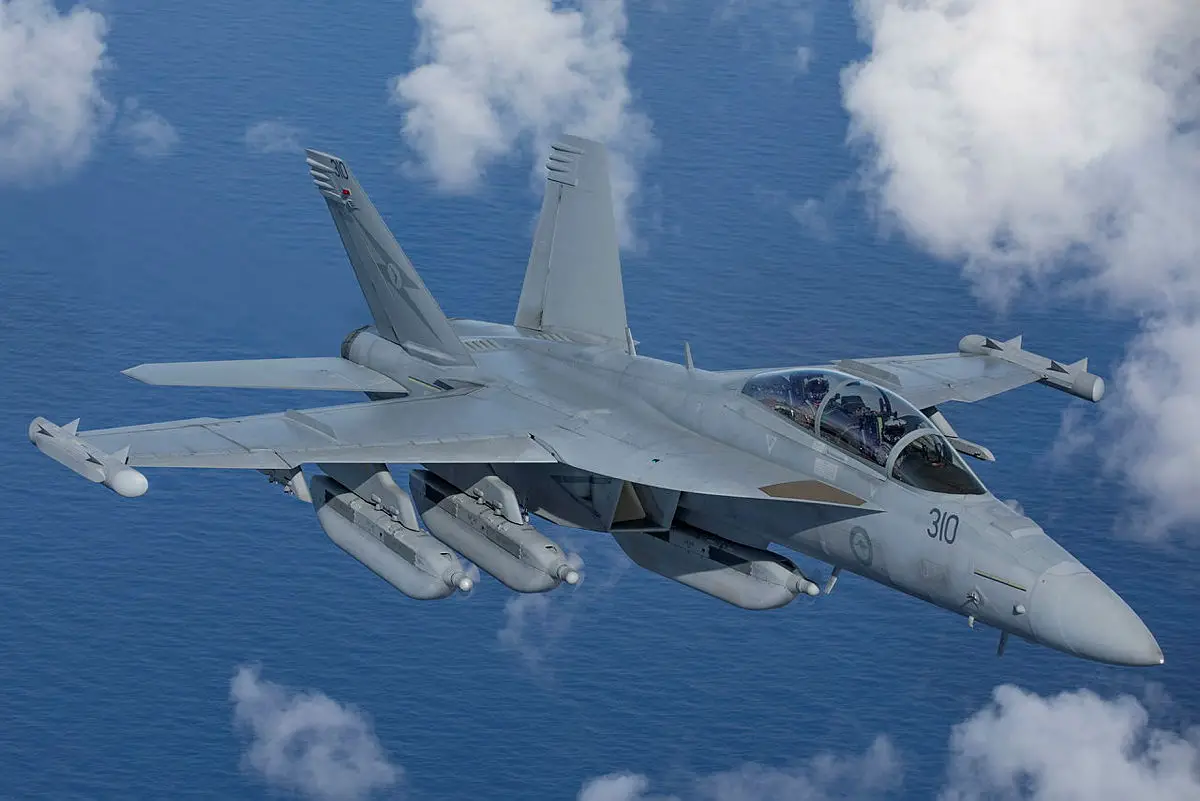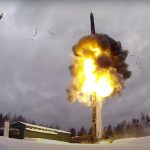The Australian Department of Defense, following in the footsteps of the US. Navy, will modernize its fleet of EA-18G Growler electronic attack jets.
The EA-18G Growler capability is being upgraded through Project AIR 5349 Phase 6 – Advanced Growler, providing the Royal Australian Air Force (RAAF) with a world-leading critical technology capability.
The EA-18G Growler is an electronic attack and suppression/destruction of enemy air defenses (SEAD/DEAD) aircraft, used by the U.S. Navy RAAF, capable of disrupting, spoofing or denying a wide range of military electronic systems, including radar and communications. And armed with anti-radiation missiles, such as AGM-88 HARMs, it can also destroy these radars and air defense systems.
Minister for Defence Industry Pat Conroy said the project was delivering the leading-edge technology the Air Force needed “to face an increasingly complex and uncertain strategic environment”.

Upgrades include:
- Cooperative development of the AN/ALQ-249 Next-Generation Jammer weapon system in partnership with the U.S. Navy, to gradually replace the current ALQ-99 Tactical Inhibition System
- Aircraft modifications, including sensor upgrades
- More anti-radiation missiles
- More advanced and longer-range anti-radiation missiles (the AARGM-ER)
- Improved electronic warfare training range capabilities
- Upgrading of the Amberley facility near Brisbane and the Delamere air training area near Katherine in the Northern Territory.
The modernization project will ensure commonality with U.S. Navy aircraft.
Australian radar company CEA Technologies was awarded the A$277 million (about $191 USD) contract to provide advanced capabilities for Australia’s electronic warfare ranges.
The contract will include a range of fixed and man-portable emitters to support training exercises and strengthen the capability of the entire joint force.
This is the first contract awarded under Phase 6, which has an approved budget of more than $2 billion (USD 1,383).
Mr Conroy said the Australian companies would be “involved as much as possible throughout the life of this project”.














